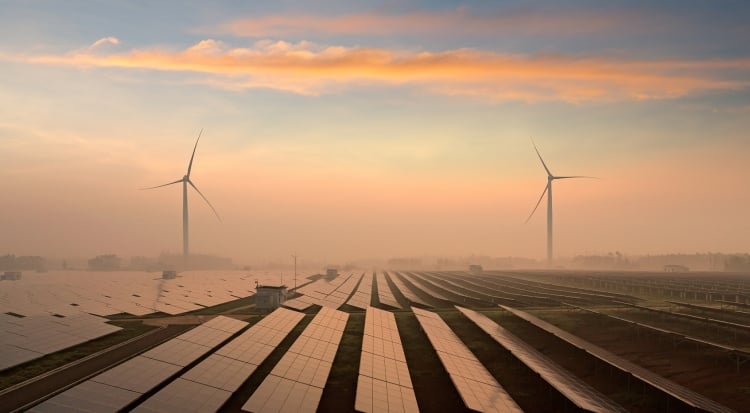
Powering the UK on wind and solar is not only possible, but the “smart economic choice” according to a report which has condemned the future prospects of biomass in the country.
Last week the US-based Natural Resources Defense Council (NRDC) released its ‘Money to Burn II’ report, a follow-up to its landmark report from last year, concluding that the UK should look towards onshore wind, solar and natural gas for its electricity.
The report, compiled alongside UK-based economics consultancy Vivid Economics, claims that solar and onshore wind would be the least cost option to decarbonising the country’s power supply and issues a damning indictment of biomass technology and, in particular, coal-to-biomass conversions.
NRDC has charted the levelised cost of energy for various technologies out to both 2020 and 2025, concluding biomass to be more expensive than solar and onshore wind, and even offshore wind by the latter timeframe.
The report places biomass’ LCOE at around £89/MWh in both 2020 and 2025, with solar coming in at £69/MWh and £64/MWh respectively. Onshore wind prices are forecast to be £65/MWh for both years, with offshore wind expected to be priced at between £82 and £60/MWh by 2025.
The report was however authored before last week’s Contracts for Difference auction results, within which offshore wind came in at strike prices of £57.50/MWh for the 2022/23 delivery year.
NRDC also reserved further criticism for biomass, citing “overwhelming scientific evidence” from “multiple peer-reviewed studies” which proved biomass to be less energy dense than coal and therefore unsuited to reducing power sector emissions.
The report concludes that any government investment into biomass power stations via subsidies would be a “poor strategic investment”, that by 2025 it would be cheaper to build new renewable power stations than operate existing biomass plants – raising the prospect of stranded assets – and that subsidising biomass could lead to “hundreds of millions of pounds” being “funnelled into a dying sector”.
The findings were backed by environmental law charity ClientEarth, which they said should add to the case for ending subsidies for coal-to-biomass conversions championed by power companies like Drax Group.
Drax remains one of only two coal-to-biomass conversion facilities in the UK, however the group has recently discussed its desire to do more.
“Wood-burning power stations like Drax have benefited from astronomical amounts of money from the state for years – and will continue to benefit, to the tune of around £1.5 million per day all the way to 2026. This is in spite of the spurious ‘green’ credentials of burning wood for energy,” ClientEarth’s Anna Heslop said.
“Subsidising large scale wood burning power stations means a lock-in to technology that’s dirtier and costlier than wind and solar power. We must do better with our public money.
“The UK government’s long-awaited Clean Growth Strategy needs to take a strong stance on power stations like Drax. Climate goals must be met, urgently, and for this we can champion only the cleanest energy.”
However, Drax Power hit back at the claims made in the report, claiming biomass was the “only reliable, flexible” renewable that can be deployed at scale in the UK. Chief executive Andy Koss noted that Drax’s biomass-powered generating units produced 16% of the UK’s renewable power in 2016 and received just 10% of the total amount of support paid to renewables.
“The falling costs of renewables is great news, but we need a mix of energy technologies to ensure security of supply,” he said.
“Biomass is the only renewable technology which can be flexed up and down to meet demand and provide the balancing services which National Grid expects to become increasingly important as more and more intermittent renewables come on line and demand for power increases.”
